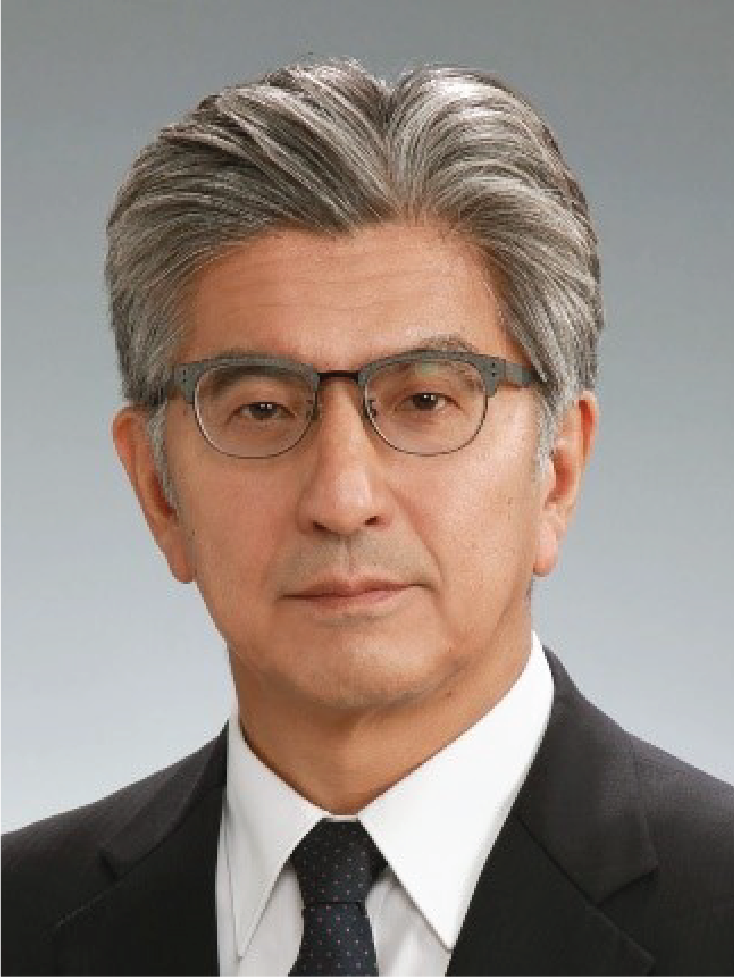

*Attend these AOGS2021 Webinars Free! – Registered Attendees Only
All AOGS e-news subscribers are eligible to attend. Please help us forward this information to your friends and
professional contacts. If not yet a subscriber, they need sign up for an account on MARS to receive
the complimentary invite. Not yet a subscriber?
Sign up Here to Receive Your Complimentary Invitation
Axford Lectures | Medal Lectures | Section Distinguished Lectures
All times shown are Singapore Standard Time (GMT+8)

Axford Medal Lecture (Save A Seat - Opens 15 Jul)
Thu-05 Aug 2021, 15:30 – 18:00, Room WB3
"Advances in giant earthquake and tsunami studies since the 2011 Tohoku event"
2020 AOGS Axford Medallist
Kenji SATAKE
The University of Tokyo
The 2011 Tohoku earthquake (Magnitude M=9.0) was the largest earthquake instrumentally recorded in Japan. It caused approximately 18,500 casualties, mostly from devastating tsunamis, and serious damage to Fukushima Dai-ichi nuclear power station. The earthquake and tsunami were well recorded by inland and offshore instruments that provided valuable scientific data. The nation-wide GPS network recorded up to several meters of horizontal displacements in directions opposite to the previous observations. Marine geophysical measurements started before 2001 detected several tens of meters of seafloor displacements. By using these geodetic data, as well as seismological and tsunami data, numerous source models have been proposed. One of the surprising features is that huge (~50 m) slip occurred on a shallow plate interface near the trench axis.
In the Tohoku region, similar tsunamis were recorded in the past. On the Sanriku coast, the 1896 Meiji Sanriku tsunami caused more casualties than the 2011 tsunami. Ground shaking by this earthquake was weaker than the 2011 event, but the tsunami heights on the Sanriku coast were similar. Such an earthquake is called “tsunami earthquake,” and due to large slip near the trench axis. In Sendai plain, a Japanese chronicle depicted earthquake damage, tsunami inundation and casualties in AD 869 (Jogan era). The distribution of the tsunami deposit is similar to the 2011 inundation area. Geological studies clarified that similar earthquakes repeated with 450 to 800 year interval.
Generation and propagation of the tsunami were recorded at offshore tsunami gauges. The ocean bottom pressure gauge, located off the Sanriku coast and connected with seafloor cable, recorded two-stage tsunamis. Our analysis of such high-resolution tsunami waveforms has shown the temporal and spatial distribution of slip on faults. It shows that the 2011 Tohoku earthquake consists of an interplate earthquake (M 8.8) similar to the 869 event and a tsunami earthquake (M 8.8) similar to the 1896 event. They occurred almost simultaneously, or the former triggered the latter.
Offshore tsunami observations and analysis have significantly developed after the 2004 Indian Ocean tsunami. Many deep-ocean gauges have been installed in the Pacific and Indian Oceans. After the 2011 Tohoku tsunami, nearly 200 cabled pressure gauge stations have been installed around the Japanese Islands. They are expected to detect tsunami offshore, and will be used for tsunami early warning system. Several methods have been developed to utilize the observed records and tsunami numerical simulation, including tsunami data assimilation.
Giant earthquakes are rare events. Globally, only five earthquakes with M ~ 9 have occurred since the 20th century. Each of them occurred as “surprise.” Before the 2004 Sumatra-Andaman earthquake (M 9.1), no scientist anticipated such a gigantic earthquake would occur in Indian Ocean. Paleoseismological studies conducted in Indonesia, Thailand and India indicated that the 2004 earthquake and tsunami were not the first event, but similar events occurred several hundred years ago. Global studies in subduction-zone have shown that such gigantic earthquake have repeatedly occurred with several hundred year intervals.
Biography
Kenji Satake is a professor and the director of Earthquake Research Institute, the University of Tokyo. He obtained BS and MS from Hokkaido University and Ph.D. from the University of Tokyo. He has held research and teaching positions at Tokyo Institute of Technology, California Institute of Technology, the University of Michigan, and Geological Survey of Japan, before joining the University of Tokyo.
Besides his carrier in AOGS mentioned in the citation, he has lead the global tsunami community as the chair of IUGG (International Union of Geodesy and Geophysics) Tsunami Commission from 2003 to 2011, and edited five topical issues on tsunamis in Pure and Applied Geophysics. He was a bureau member and became a conferred fellow of IUGG. Currently, he is the president of IASPEI (International Association of Seismology and the Earth’s Interior). He is also a fellow of American Geophysical Union (class of 2010).